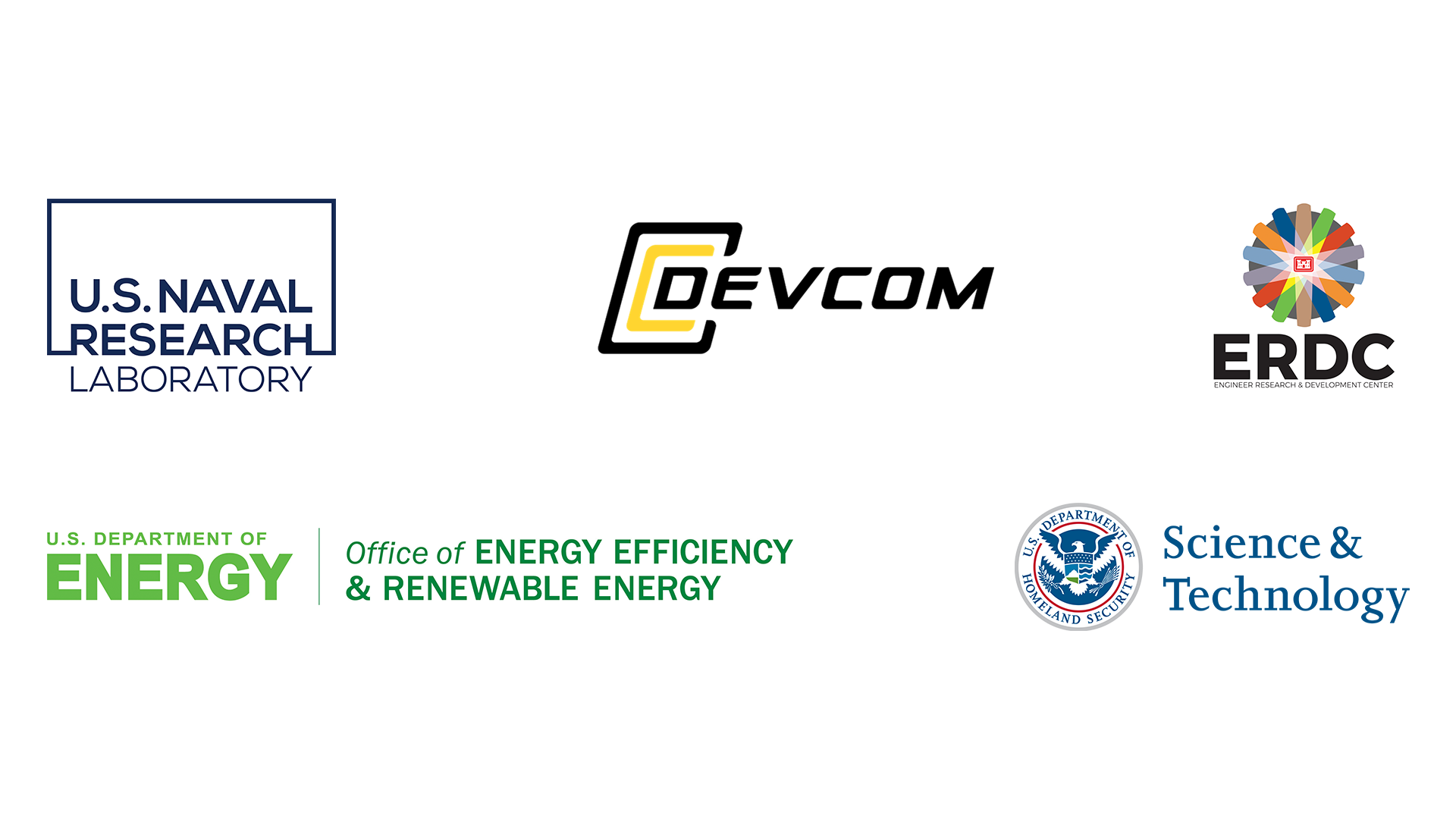Environment & Energy
Related: About this forumAccelera (by Cummins) demos the future of clean hydrogen tech with record breaking journey of 1,806-miles on single fill

Accelera demonstrates the future of clean hydrogen technology with record breaking journey
AcceleraZero.com | Oct 29, 2024
In a groundbreaking achievement for the future of hydrogen-powered solutions, Accelera™ by Cummins has set a new GUINNESS WORLD RECORDS™ title for the longest distance traveled by a hydrogen fuel cell electric (FCEV) heavy-duty truck without refueling. Accelera’s zero-emissions H2Rescue truck, a Kenworth T370 prototype designed for emergency response missions, completed an 1,806-mile journey on a single fill on Oct. 25, showcasing the potential of hydrogen technology for zero-emissions transportation and on-site portable power.
The carbon-free journey
The truck completed its record-setting journey in central California and was closely monitored and validated by an adjudicator from Guinness World Records who confirmed the truck’s hydrogen tank was sealed before the journey began. Powered by an Accelera fuel cell engine and a 250kW traction motor, the truck carried 175 kilograms of onboard hydrogen and consumed 168 kilograms of hydrogen while navigating rush hour traffic, between 50 to 55 mph, on public roads, operating in temperatures varying from 60 to 80 degrees Fahrenheit. Over the 1,800-mile trip, the hydrogen-filled truck emitted zero pounds of carbon dioxide, a stark contrast to the 664 pounds a standard internal combustion engine vehicle would have produced over the same distance.
A demonstration vehicle like the H2Rescue prototype truck showcases the capabilities of using zero-emissions hydrogen, rather than diesel, for power. Hydrogen as a power source:
Supports long-range applications with heavy-duty work cycles, like heavy-duty trucks, dump trucks, buses and rail systems
Generates little to no noise
Provides zero-emissions power, with water and steam as the only byproducts, making it a key solution for reducing transportation pollution
Partnering for progress
Annually, a fuel cell-powered truck of this size can displace approximately 1,825 gallons of fuel and reduce greenhouse gas emissions by an estimated 2.5 metric tons. This Class 7 heavy-duty demonstration vehicle, weighing approximately 33,000 pounds, is the result of an innovative collaboration between Accelera, the U.S. Department of Homeland Security (DHS) Science and Technology Directorate (S&T), the U.S. Department of Energy (DOE), and the U.S. Department of Defense (DoD)...more
https://www.accelerazero.com/news/accelera-demonstrates-future-clean-hydrogen-technology-record-breaking-journey
Think. Again.
(22,456 posts)...to just adapt their obsolete work to more current non-CO2 emitting energy technology just like the diesel company Cummins is doing in this OP.
But I assume the FF industry is just trying to stall the transition until they've sold (at retail) all the oil and gas wells they've already bought and paid for.
NNadir
(37,296 posts)The laws of thermodynamics are not subject to change by marketing, either by the marketing of batteries, or worse, hydrogen.
A Giant Climate Lie: When they're selling hydrogen, what they're really selling is fossil fuels.

The caption:
Progress on Catalyst Development for the Steam Reforming of Biomass and Waste Plastics Pyrolysis Volatiles: A Review Laura Santamaria, Gartzen Lopez, Enara Fernandez, Maria Cortazar, Aitor Arregi, Martin Olazar, and Javier Bilbao, Energy & Fuels 2021 35 (21), 17051-17084]
I referred to this graphic, and reproduced it, discussing a paper in the journal I discussed above here:
The current sources and uses of hydrogen.
Hydrogen is a filthy fuel, period, and fossil fuel dependent companies advertise it for a reason, a "bait and switch" to demonstrate contempt for the future of humanity.
OKIsItJustMe
(21,709 posts)OKIsItJustMe
(21,709 posts)kysrsoze
(6,409 posts)transport and store that much hydrogen under intense pressure, it’s not all that viable. This has been the issue all along with hydrogen, and why even in Southern California, Toyota can’t sell more than a few Mirai cars, even with a massive hydrogen fuel allowance.
I’ve heard inklings about more efficient capture processes, but nothing hugely scalable.
OKIsItJustMe
(21,709 posts)There are multiple ways to “generate” it, by breaking down “compounds” which contain it.
https://extension.psu.edu/unraveling-the-hydrogen-rainbow-green-blue-and-gray-hydrogen-production
The way favored by most hydrogen proponents involves splitting good old H₂O (water) into H₂ + O₂ typically, using electricity from some renewable source. This is sometimes known as “green hydrogen.”
In the US, most hydrogen is currently generated by processing CH₄ (methane) with H₂O (water) to produce H₂ + CO₂. The CO₂ is easily captured (so-called “blue hydrogen”) but most frequently is not (“gray hydrogen.”)
In theory, pure hydrogen may be produced from wells “geologic hydrogen.”
https://www.usgs.gov/news/national-news-release/usgs-colorado-school-mines-establish-joint-industry-program-explore
There are multiple ways to transport hydrogen. Just as we use pipelines to transport natural gas, you can use pipelines to distribute hydrogen. Europeans have a different way of thinking about hydrogen than “Americans” typically do. While “Americans” say “it can’t be done” the Europeans simply do it.
https://www.ehb.eu/page/european-hydrogen-backbone-maps
However, in the case of “green hydrogen” you can produce it anywhere you have water and electricity. All you need is an electrolyzer:
Typically, people think about hydrogen being used in cars, trucks, trains.
https://electrek.co/2024/06/30/walmart-first-retailer-in-north-america-to-deploy-hydrogen-semi-truck/
But a stationary fuel cell, with a supply of hydrogen can be (and is) used for backup power. Hydrogen can be generated using intermittent renewable power (solar, wind) and then used to generate electricity when needed (like a bank of batteries, but not as efficiently.):
One popular use for hydrogen is in “lift trucks” (AKA “fork lifts.”) Like battery power, you can run them indoors without generating nasty fumes, but it actually is preferable to batteries.
Well, we could do all of those things, if only it were possible. Right?
